Lowlands
This area has been named the Lowlands because it is geographically the lowest part of our entire 96 acres.
This area has been named the Lowlands because it is geographically the lowest part of our entire 96 acres.
Water runs downhill throughout the Garden and collects here in pools, streams, and ponds. We shape the beds to catch the water as it travels, using it to nurture our vegetable and ornamental crops. Water always means life, making this the best spot in the Garden for viewing natural wildlife—birds, butterflies, frogs and fish—or finding signs of mammals such as squirrels, raccoons and possums. Relax here, take a breath, and enjoy the sounds of nature in two of our most diverse and bountiful gardens.
The Delta Garden exhibits plants historically grown in the Mississippi Delta Region. It features a combination of agricultural crops, home garden crops, and ornamentals typical of the Delta. While these tell the story of days gone by, they are also representative of today’s kitchen gardens. Heirloom varieties, alongside new introductions, are maintained by some of the same sustainable gardening methods that have been practiced for over a hundred years. You’ll also find a bed of Passalong Plants featuring traditional favorites for dividing and sharing, and you may want to stop to sit a spell on the porch of the Delta House. This structure, moved here from Hughes, Arkansas, holds antique homesteading tools used in educational programming.
The Pollinator Garden features a variety of annuals and perennials, many of which are native species. These plants have all been chosen for their particular appeal to local pollinators. Coreopsis, Echinacea, Rudbeckia, Beebalm, and Goldenrod are just a few of the nectar-providing flowers blooming from spring through fall around the Living Gazebo. Passionflower, Milkweed, Spicebush, and Fennel are some of the host plants that provide food for butterfly larvae, which are often placed in the Caterpillar Rearing House for observation. Depending on the time of your visit, you may see Black Swallowtails, Monarchs, Gulf Fritillaries, Spicebush Swallowtails or other butterflies. Moths, bees, and other tiny insect pollinators can be observed here on all but the very coldest of days. Look closely at whatever is in bloom during your visit and see if you can spot vital pollinators at work.
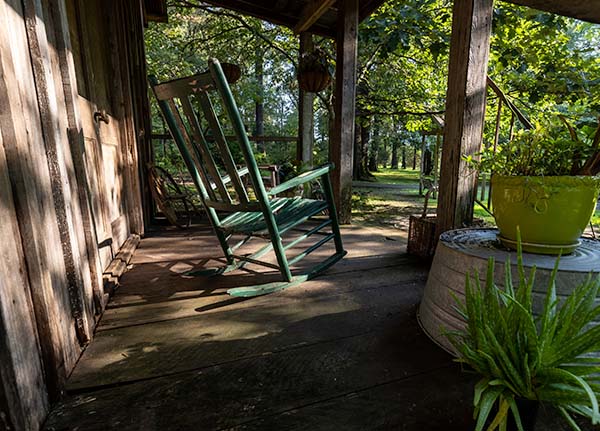
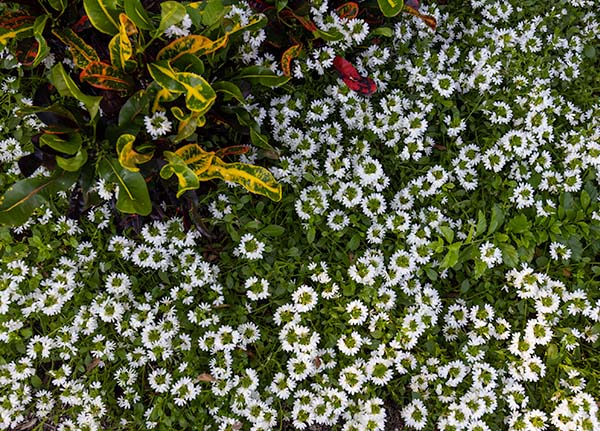
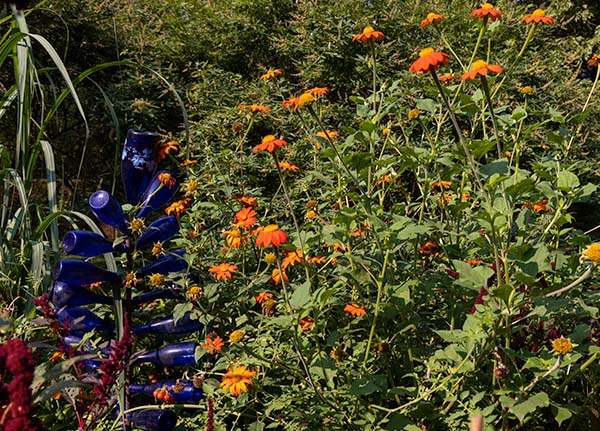
Delta
Garden
The Delta Garden was created to tell the story of the Mississippi Delta through a living museum of plants. It exhibits plants that were historically grown in the Mississippi Delta region, featuring a combination of agricultural crops, home garden crops, and ornamental plants typical of Southern gardens and landscapes. The Delta House, a cotton trailer bridge, and an antique tractor add to the unique character of this garden and provide a wonderful backdrop for photos.
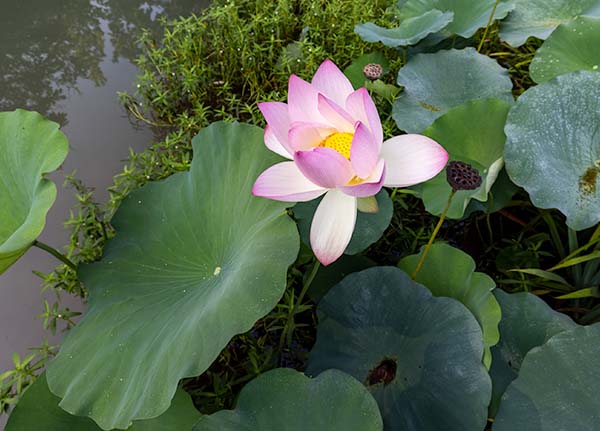
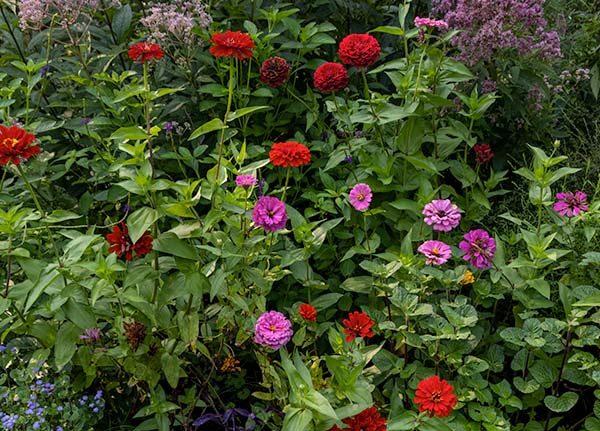
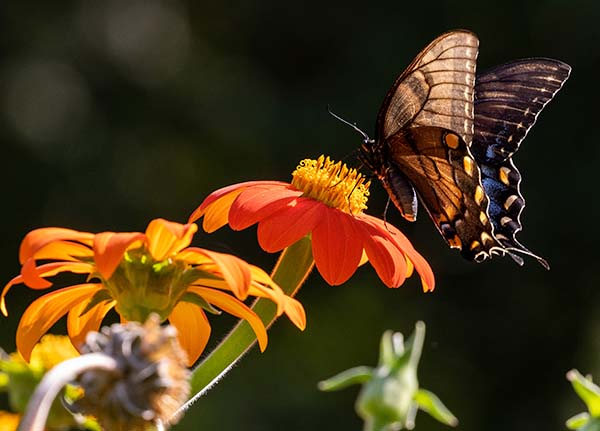
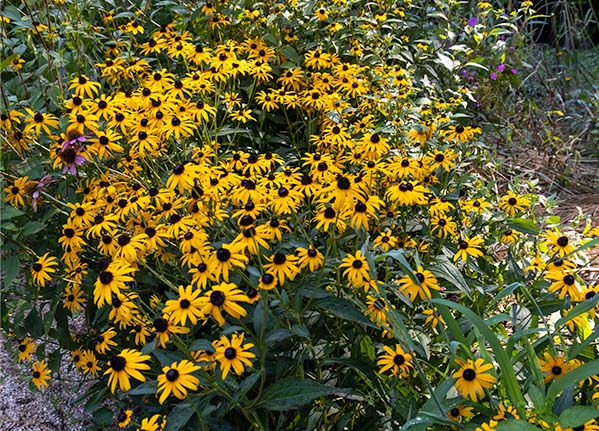
Pollinator
Garden
This garden features a variety of perennials and annuals, including many native species, which are known to provide nectar to adult butterflies or food to larvae. At the center is a structure planted with native vines that creates a living gazebo. The garden not only provides habitat resources for butterflies but also for moths, bats, and a variety of other wildlife. The area is frequented by birds and the pond is full of turtles, frogs, and fish.
While this garden is one of the furthest points in the Garden, it is a worthwhile walk for those who seek wildlife viewing opportunities or a peaceful place to relax and reflect, as it is quiet and secluded from the bustle of the city.
750 Cherry Road
Memphis, TN 38117
(901) 636-4100
Central Daylight Time Hours:
9 am-6 pm
Central Standard Time (Winter) Hours:
9 am-4:30 pm